Customers who bought this also bought
About this item
Key Takeaways
- Muslin is a lightweight, versatile cotton fabric ideal for clothing
- Historically, muslin originated in the Indian subcontinent and influenced global textile designs, particularly during the Renaissance and colonial era.
- There are various types of muslin, including plain, gauze, bleached, unbleached, and printed, each suited for specific uses.
- Common applications of muslin include T-shirts, summer dresses, providing comfort and style.
Overview of Muslin Fabric
Muslin fabric is a lightweight, versatile cotton material. You'll appreciate its breathability and softness, making it ideal for dhotis and chadars.
Muslin's neutral color and running pattern makes it a great material for dhotis and chadars. The color and pattern are very attractive.
Historical Background
Dating back to ancient times, this fabric has roots in the Indian subcontinent, where it was originally handwoven and prized for its lightweight quality. Muslin became a symbol of luxury and craftsmanship, making its way into various cultures across the globe. As you explore its rich history, you'll discover how it influenced fashion and trade.
Here are some key highlights of muslin's historical significance:
- Trade Routes: Muslin was transported along the Silk Road, connecting the East to the West.
- Cultural Influence: It inspired textile designs in Europe during the Renaissance period, leading to its adoption in high fashion.
- Colonial Era: British colonialism increased demand for muslin, impacting local economies in India.
- Versatility: Over the centuries, muslin has been used for everything from clothing to home décor and medical applications.
Understanding muslin's historical background helps you appreciate its enduring appeal and versatility in dhotis and chadars.
Have a question?
Customer questions & answers
Q: How is best to wash
A: Hand washing in cold water with gentle detergent is recommended way of washing.Hand washing in cold water with gentle detergent is recommended way of washing.see less
Customer Reviews
Hare Krishna Dear Devotees, I love these Dhoti's. I bought 3 of these two months ago and today I am ordering two more. Even with the cons (listed below) this is still my favorite dhoti material I... Read more Hare Krishna Dear Devotees, I love these Dhoti's. I bought 3 of these two months ago and today I am ordering two more. Even with the cons (listed below) this is still my favorite dhoti material I've come across. Pros: - Very light and breathable. Markedly less hot than the "Dhoti / Chadar -- White Cotton Fine, Thick Fancy Borders" that I have previously bought from this store. The White Cotton Dhoti's are also an excellent choice and appear to be more durable and easier to iron. - Not see through! The other white dhoti's I've purchased are see through. Cons: - Material appears to not have a long life span. It's a very gentle material that reminds me almost of cashmere. The string along the border unravels slowly, but noticeably each time I wear and wash the dhoti. Though this note is speculation, as I've only owned this dhoti for two months. - It's a bit difficult to iron. This material bunches up very easy under the weight of the iron and requires extra effort to iron without creating more wrinkles. I've found that ironing while the dhoti is slightly wet is very helpful.Read less

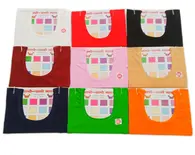
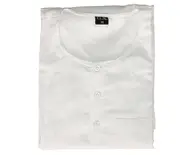
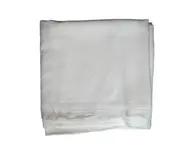
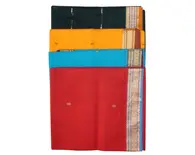

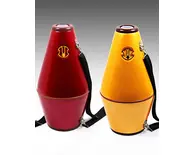
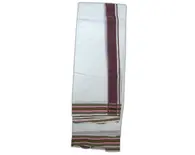
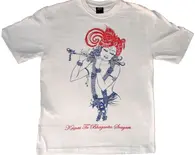
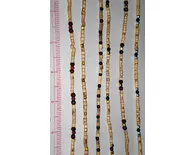
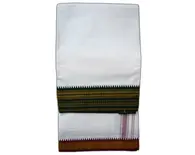
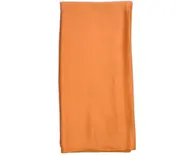
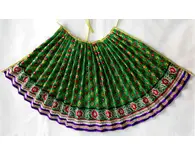

votes